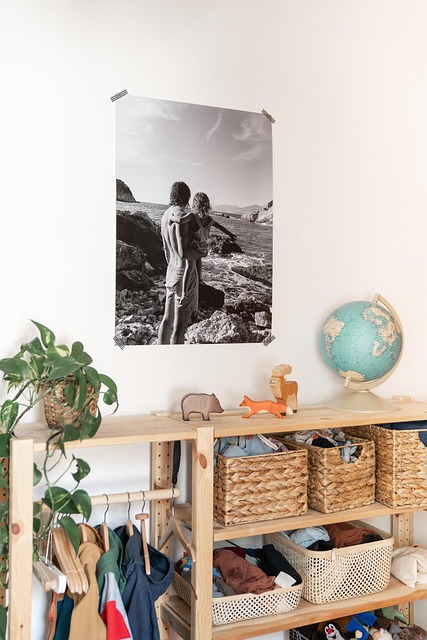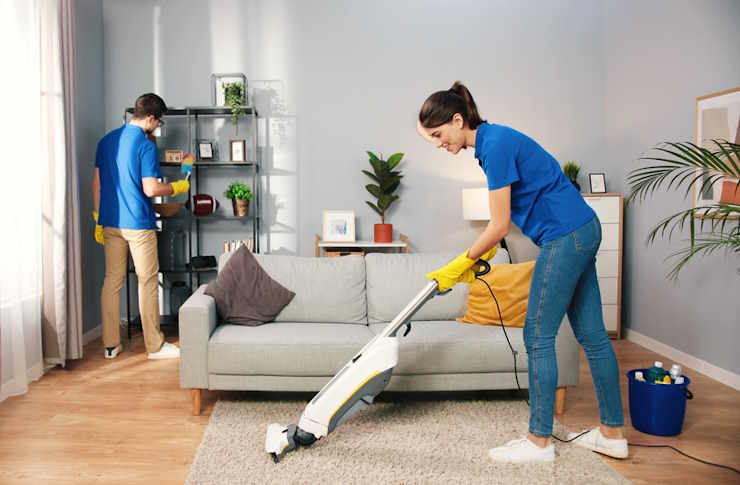Garage Sale Guide: Plan, Promote, and Sell with Confidence
A well-run garage sale can clear clutter, give items a second life, and put extra cash in your pocket—all in one weekend. Success comes from smart planning, clean presentation, and effective promotion, not just a driveway full of stuff. Whether you’re hosting your first sale or refining your approach, this guide walks you through practical steps to attract buyers and move items quickly.

What makes a great garage sale?
A great garage sale feels easy for shoppers: items are clean, clearly grouped, and simple to browse. Start by defining your goal—decluttering, raising money, or both—so you can decide what to include. Group similar items (kitchen, books, kids’ gear, tools) and aim for variety to draw different types of buyers. If you have niche items, note them in your promotions; collectors often search for specifics and will travel for the right find in your area. Finally, check the weather forecast and have a Plan B: tarps, tents, or space in a garage if it looks rainy.
Smart prep and organization
Preparation is half the work. Clean, test, and, where possible, assemble items—buyers are more likely to grab a vacuum that’s already plugged in and running or a lamp that clearly works. Attach small notes for details that matter (e.g., “All pieces included,” “Barely used,” “Manual inside”). For clothes, sort by size and type, and use racks or a taut clothesline to mimic a retail browsing experience. For toys, verify all parts are present. For electronics, gather remotes and cords. Keep a basic toolkit nearby for quick fixes and to help buyers disassemble large items safely.
Promotion that brings foot traffic
Good inventory doesn’t sell itself. Promote a week ahead and again the night before. Use multiple channels:
-
Community boards and groups in your area: neighborhood apps, local Facebook groups, and community forums.
-
Classifieds: write clear titles that include standout items and your general location.
-
Maps and signage: add a simple map pin and a clear address. On the day, place directional signs at key intersections leading to your street.
-
Photos: post bright, uncluttered photos of a few attractive items. Include measurements for furniture to reduce questions.
Be concise but specific: “Saturday, 8–1, multi-family garage sale; tools, kids’ bikes, vinyl records, small appliances.” If your street allows, coordinate with neighbors to create a mini block event—more sellers mean more buyers.
Displays and signage that sell
Presentation drives browsing time and impulse decisions. Elevate items to waist height with tables and sawhorses so people don’t need to crouch. Use bins or shallow boxes for “dig” categories (e.g., comics, craft supplies) and label them clearly. Leave space for movement; tight layouts discourage browsing. Make large, legible signs with thick markers, high contrast, and short messages. Use consistent sign style from intersections to your driveway so buyers know they’re on the right track. Place mirrors near apparel and lamps near décor to help shoppers visualize items in use.
Safety, payments, and etiquette
A calm, friendly environment encourages purchases. Keep entryways clear and surfaces stable to avoid tripping hazards. If you’re selling electronics, keep high-value items near you or have an assistant nearby. Offer multiple payment methods to accommodate buyer preferences—some people carry cash, others rely on digital wallets. Have small bills for change secured in a waist pouch or lockbox that stays with you. Be approachable but not pushy; a simple “Let me know if you have questions” sets the tone. If haggling happens, stay positive and set boundaries politely.
After the sale: donate and recycle
Have a plan for leftovers before the day starts. Identify local services in your area that accept donations—thrift stores, shelters, schools, or community centers—and check their accepted items list. Many electronics stores offer take-back programs for cables, batteries, or devices. For furniture or bulky items, consider scheduling a charity pickup or listing them on community “free” groups the same day while interest is still high. Keep a box labeled “recycle” for items that can’t be sold but shouldn’t go to landfill, and another for things worth relisting online individually.
Permits, rules, and neighborhood harmony
Some municipalities limit the number of garage sales per year or require a permit. Check city or county websites and, if needed, contact local services for guidance before setting a date. Be courteous to neighbors: avoid blocking driveways, manage parking overflow, and keep noise reasonable. After the sale, remove all signs from public spaces to keep the neighborhood tidy. If you’re part of a homeowners association, review any community guidelines in advance.
Timing, themes, and seasonal strategy
Timing affects turnout. Weekends typically perform best, with early mornings drawing the keenest bargain hunters. Align your sale with local events (like a community market) that bring people to your area, as long as parking remains manageable. Consider themes—kids’ gear, home office, outdoor and garden—to attract targeted buyers. Seasonal opportunities matter: outdoor gear moves faster in spring, school-related items before the fall, and décor a month or two ahead of holidays.
Bundles, sets, and storytelling
People love a deal and a story. Bundle related items (e.g., “college kitchen starter,” “home-office setup”) to increase perceived value and help buyers make quick decisions. If something has a special backstory—like a vintage turntable you restored—share it succinctly; authenticity boosts trust. Provide measurements and simple usage tips on tags for furniture or tools. Small touches like fresh batteries in devices or neatly folded linens suggest care and can nudge hesitant buyers to commit.
Make it easy to say yes
Reduce friction at every step. Provide a tape measure, extension cord for testing, reusable shopping bags, and wrapping materials for fragile items. If buyers need time to decide on a large piece, offer a short hold window and keep a simple “sold” tag system with names and phone numbers. For larger furniture, have a dolly available and clear paths to loading areas. These small conveniences improve the shopper experience and help items leave your driveway the same day.
In the end, a standout garage sale is about customer experience: clear organization, thoughtful promotion, and a friendly, safe atmosphere. When you make it easy for people to browse, evaluate, and carry items home, you’ll move more goods, reduce post-sale leftovers, and feel good about giving your belongings a new life.






